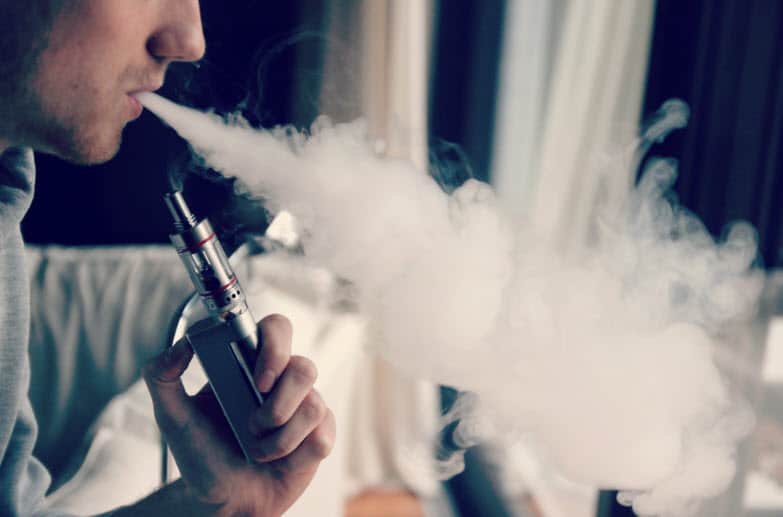
An alarming increase in the prevalence of vaping among adolescents has raised public health concern, according to a recent study published in the New England Journal of Medicine.
Research into vaping among teens was conducted by the University of Michigan. It indicated a sharp increase in the prevalence of nicotine vaping: 10% among 12th-graders, 7.9% among 10th-graders, and 2.6% among 8th-graders. These percentages mean 1.3 million additional adolescents engaged in nicotine vaping in 2018, as compared with 2017.
The study’s authors suggest that policies in place in the 2017–2018 school year were not sufficient to stop the spread of nicotine vaping. Additionally, rapid growth of new vaping devices, such as the Juul, will require modified strategies to keep adolescents from vaping and its associated negative health effects.
The Center for Recovering Families’ Adolescent Services department is carefully tracking and responding to the increase in teen vaping. Through Mindful Choices, our High-Risk Behavior course, as well as prevention, parent education, and counseling services, the Center for Recovering Families is in the vanguard of local efforts to stem the tide of teenage substance abuse in our community.
If you or a loved one needs help to stop vaping, call the Center for Recovering Families at 713-914-0556, contact us online, or download our brochure. We can help. Start here.
